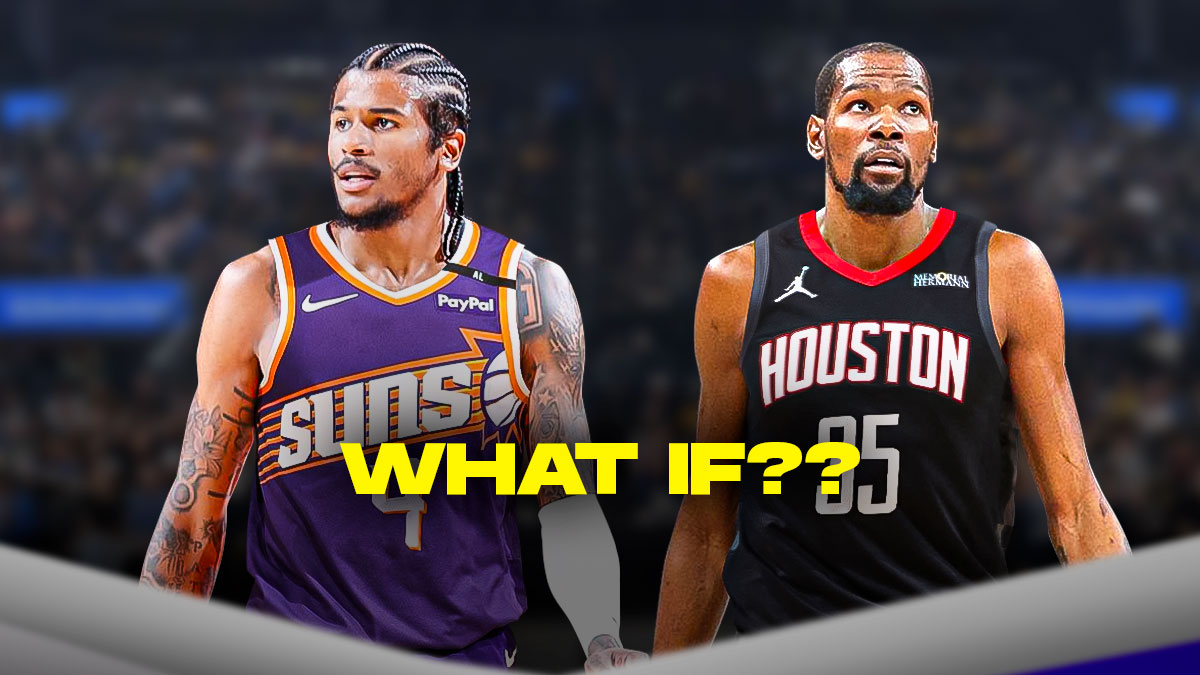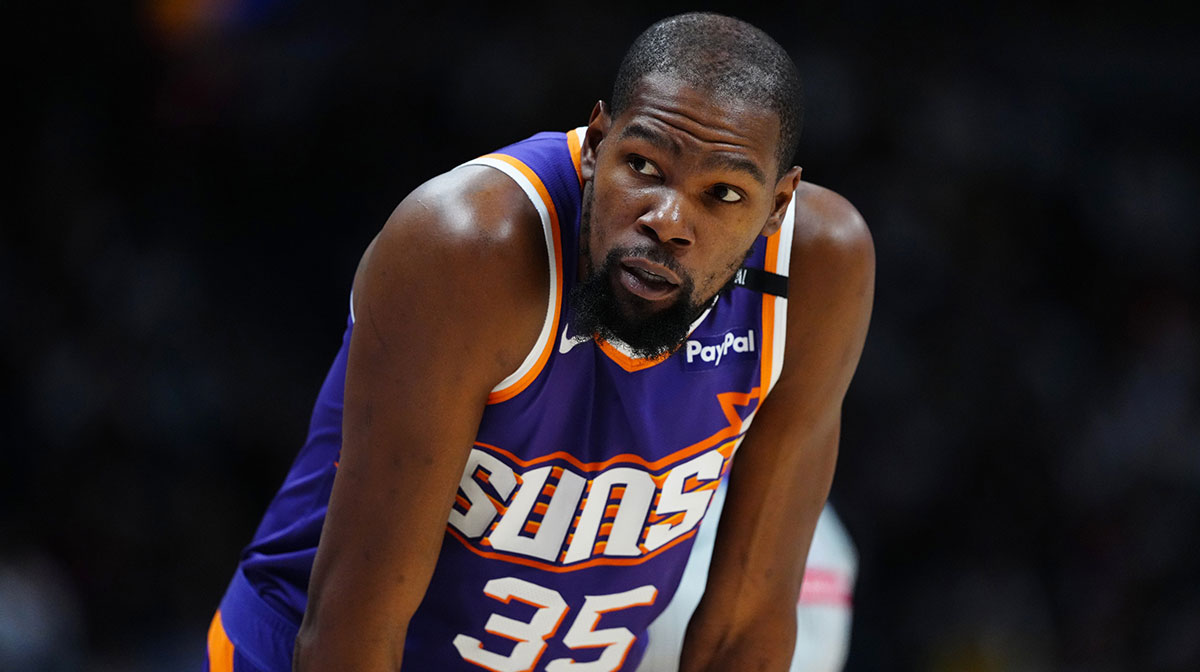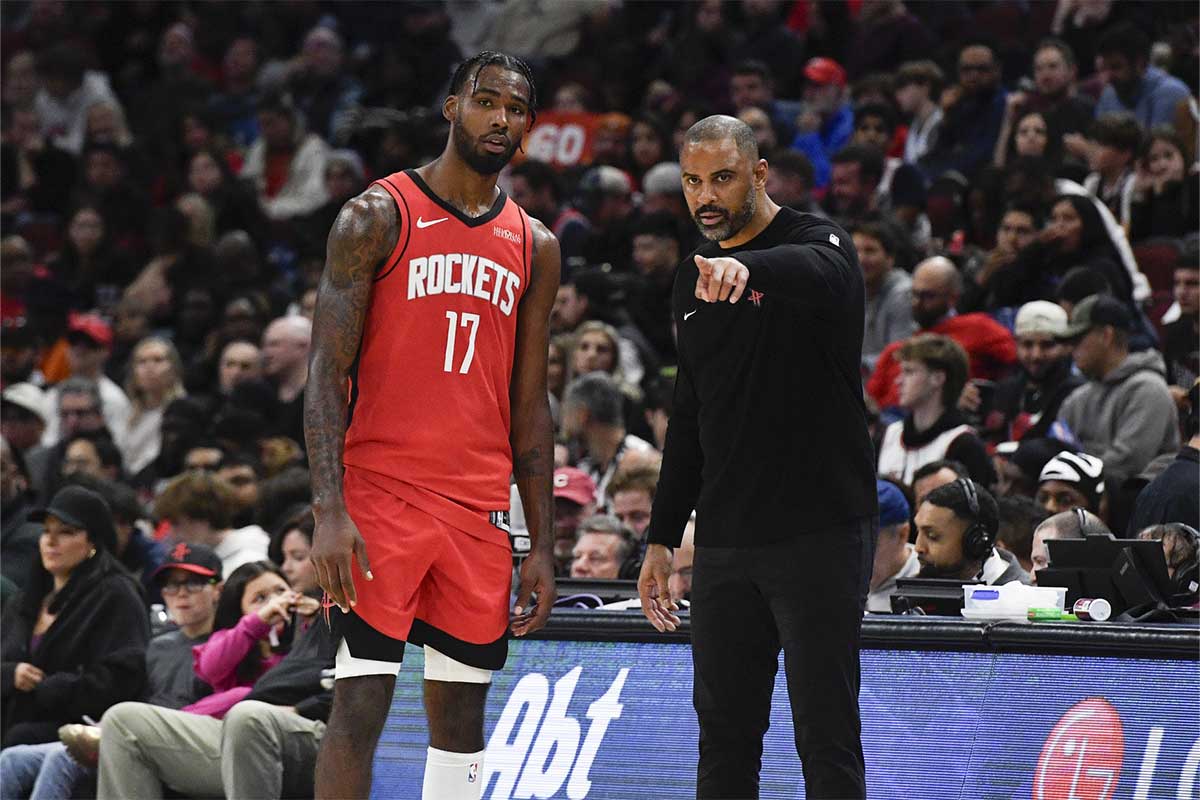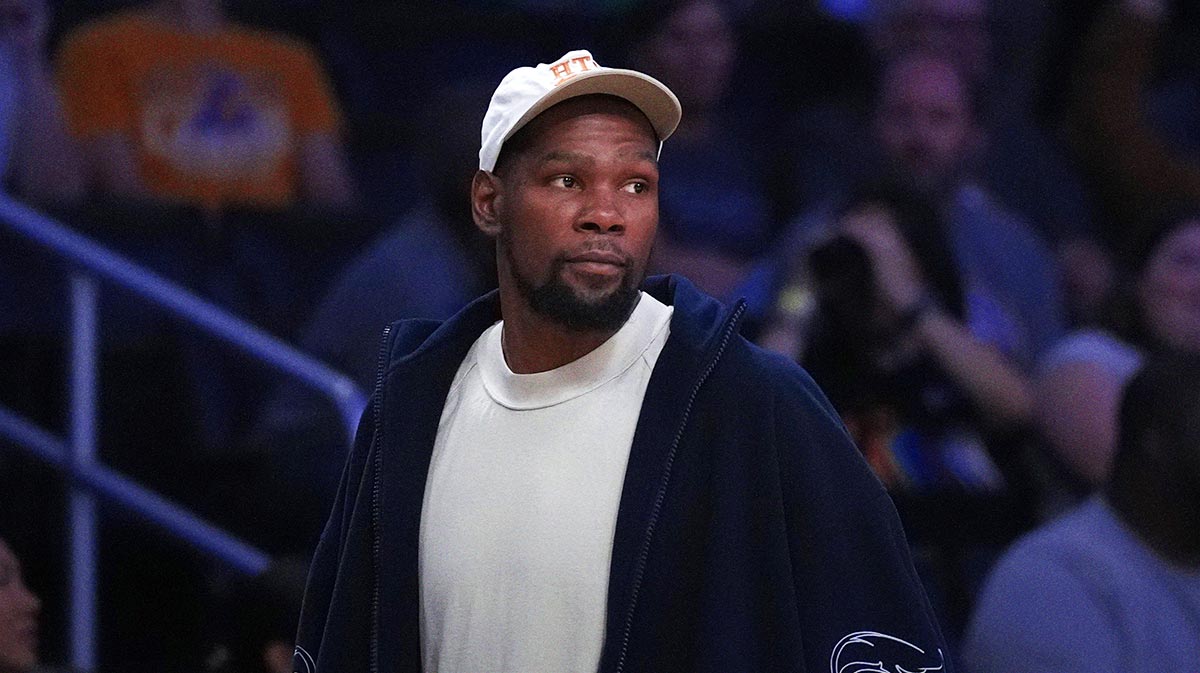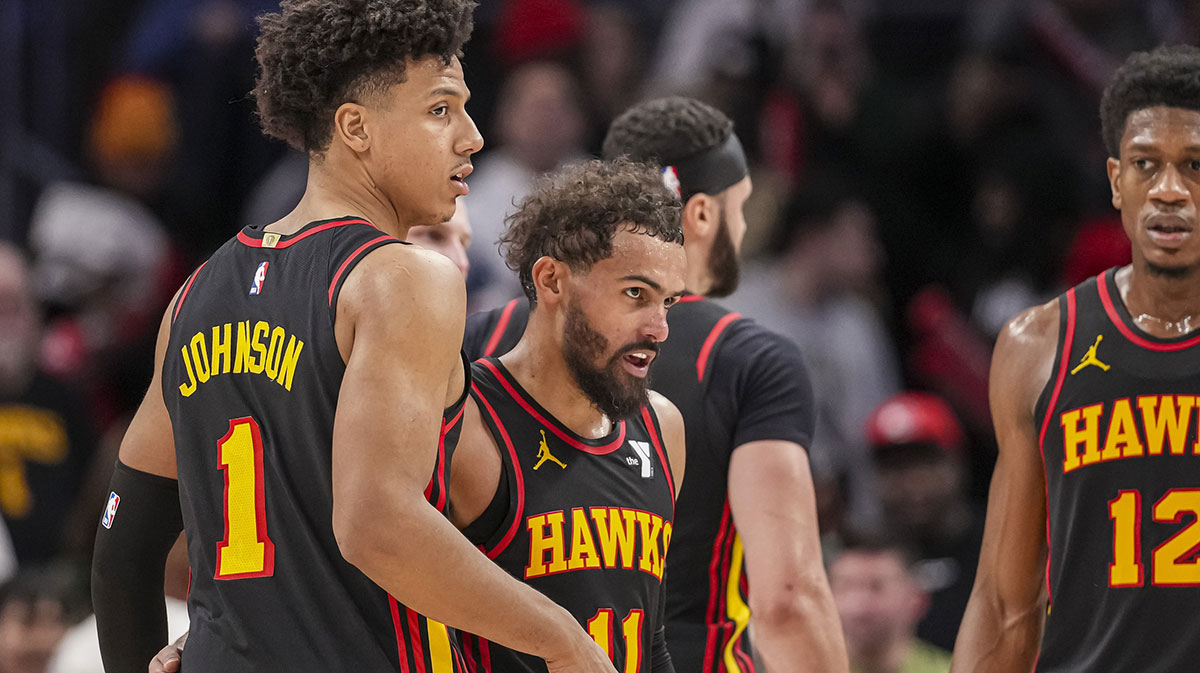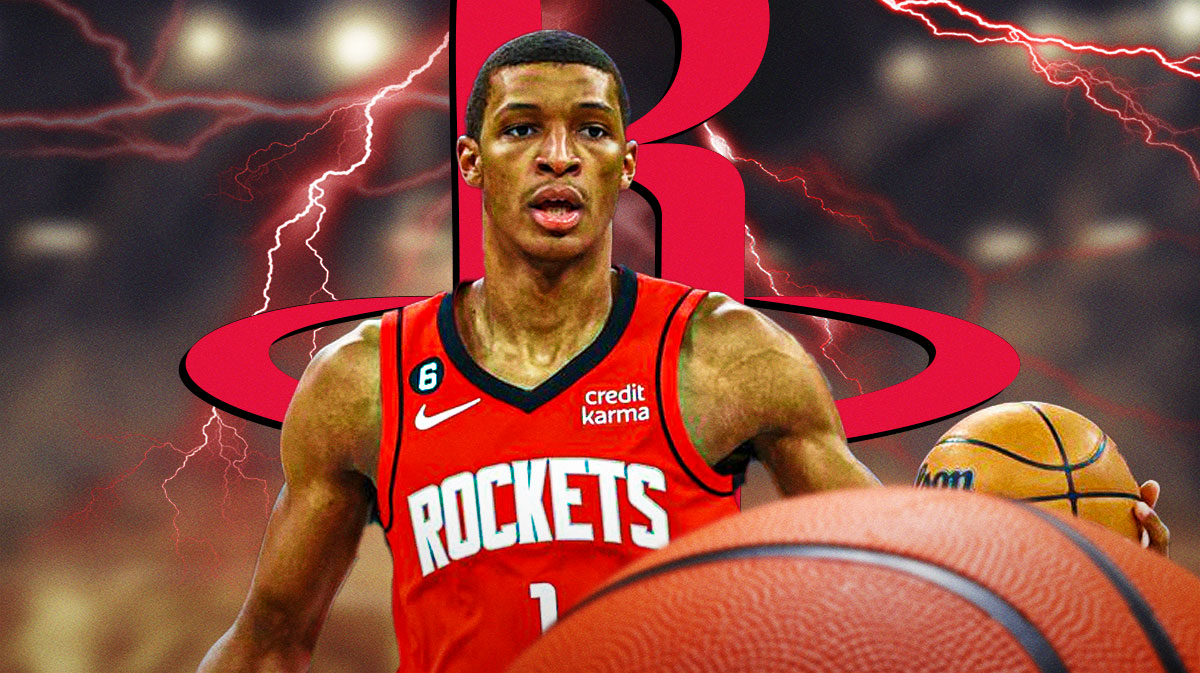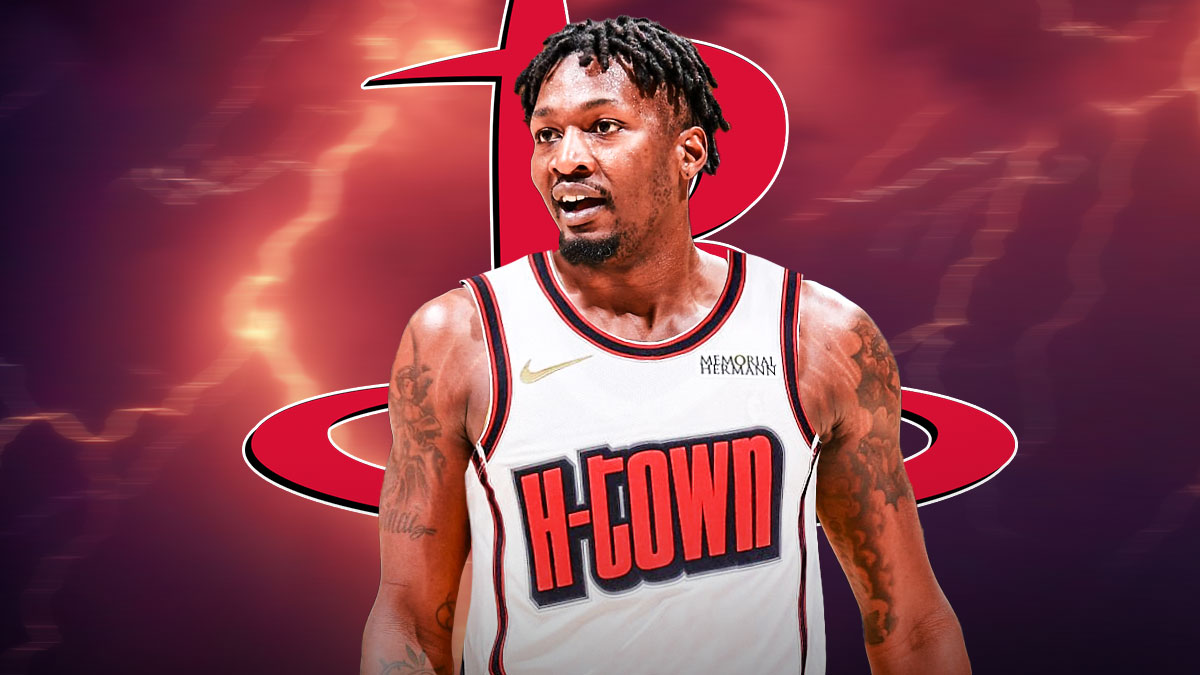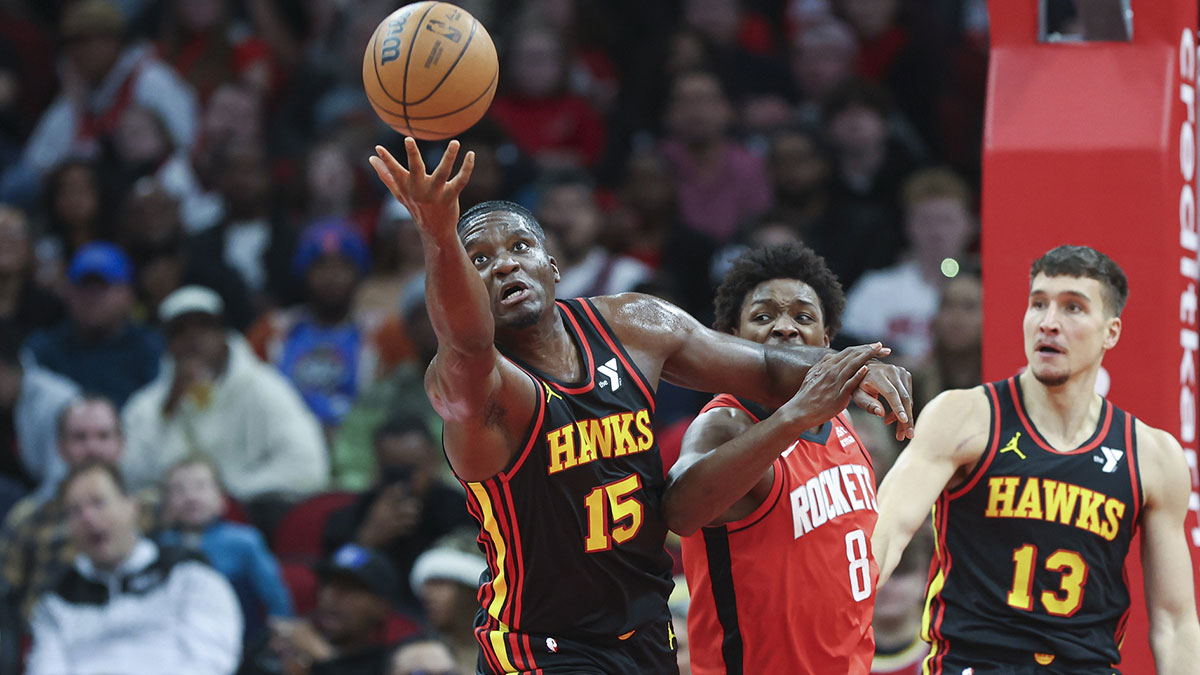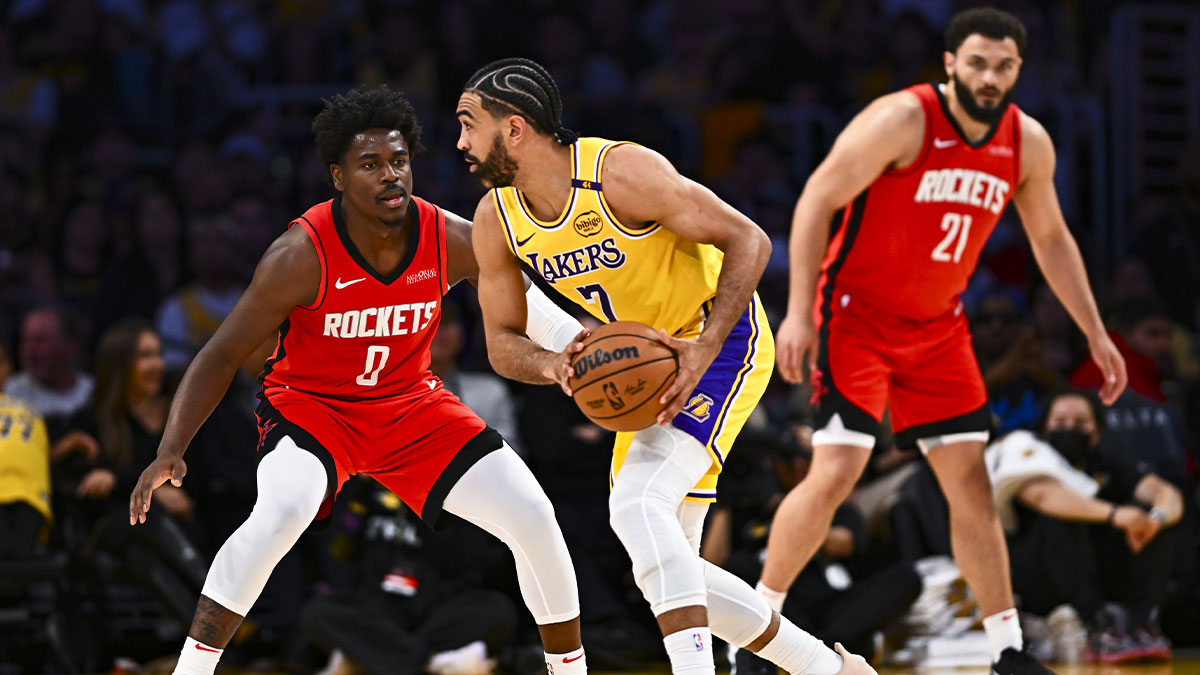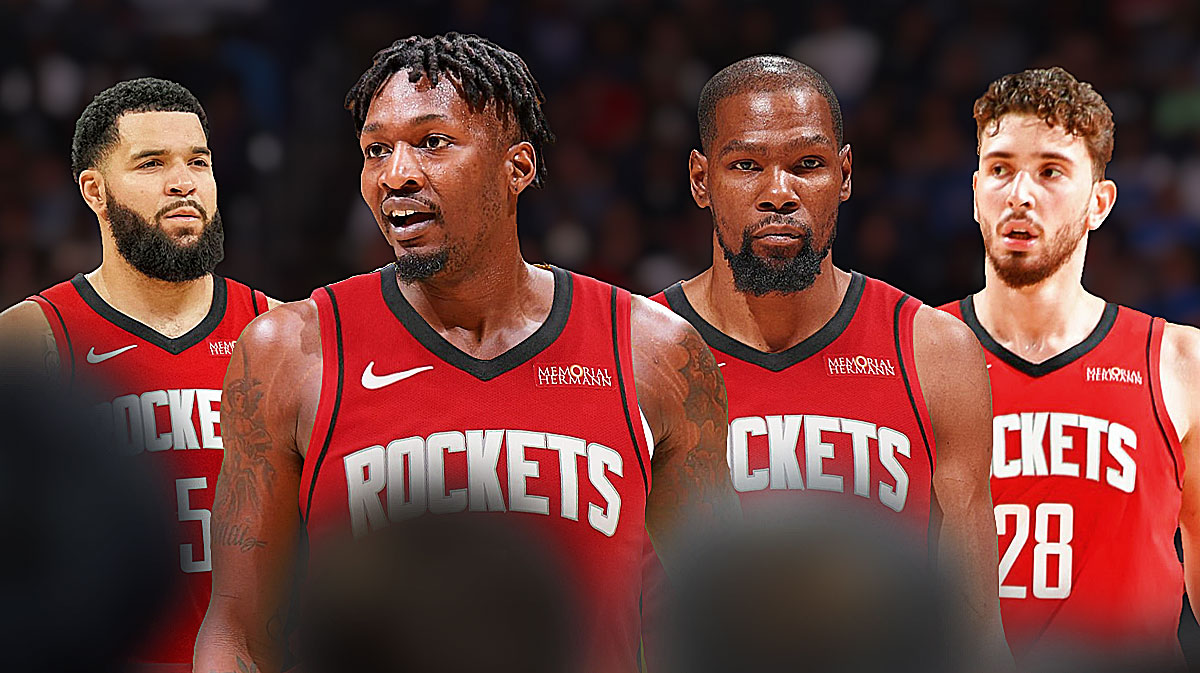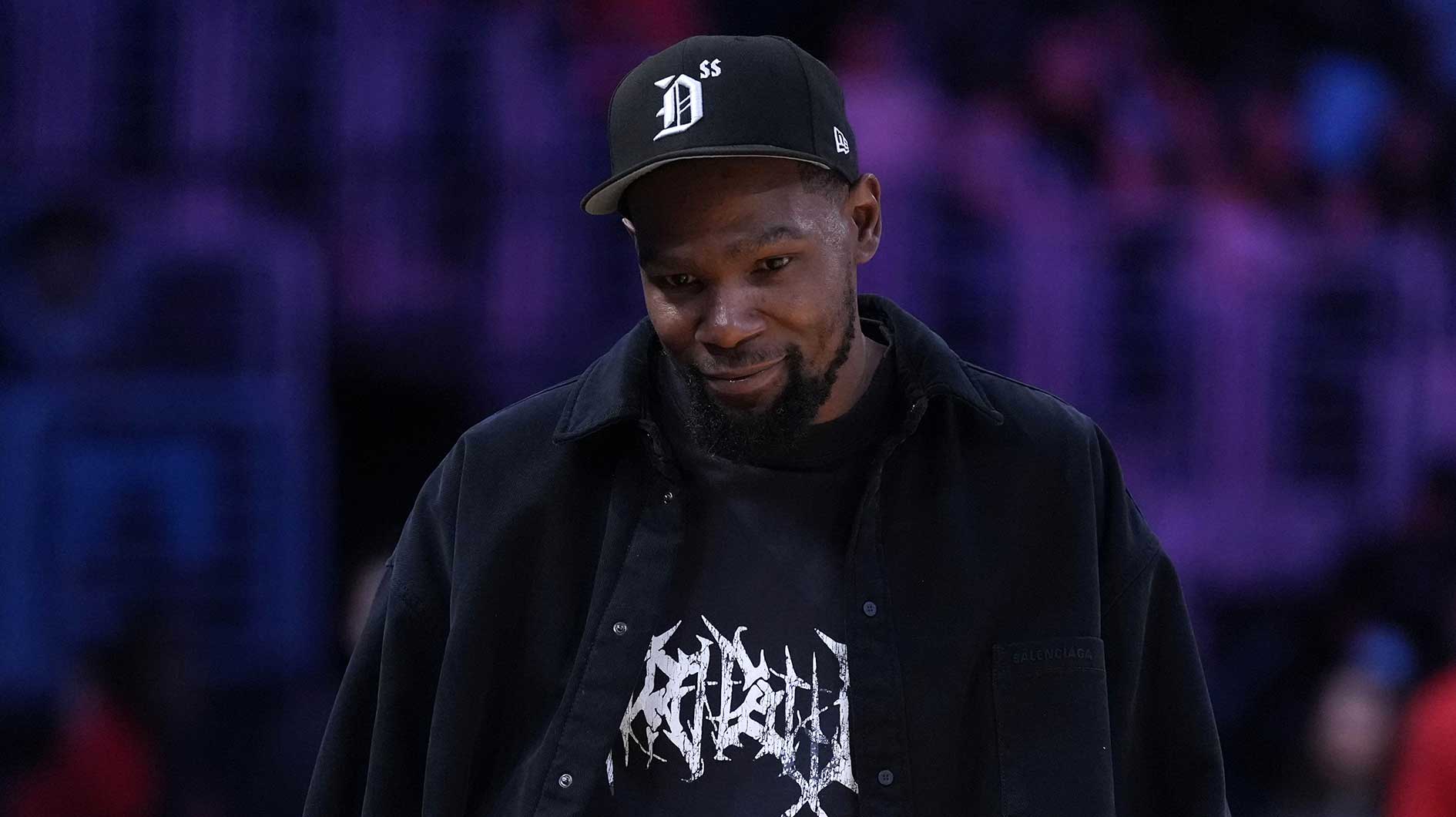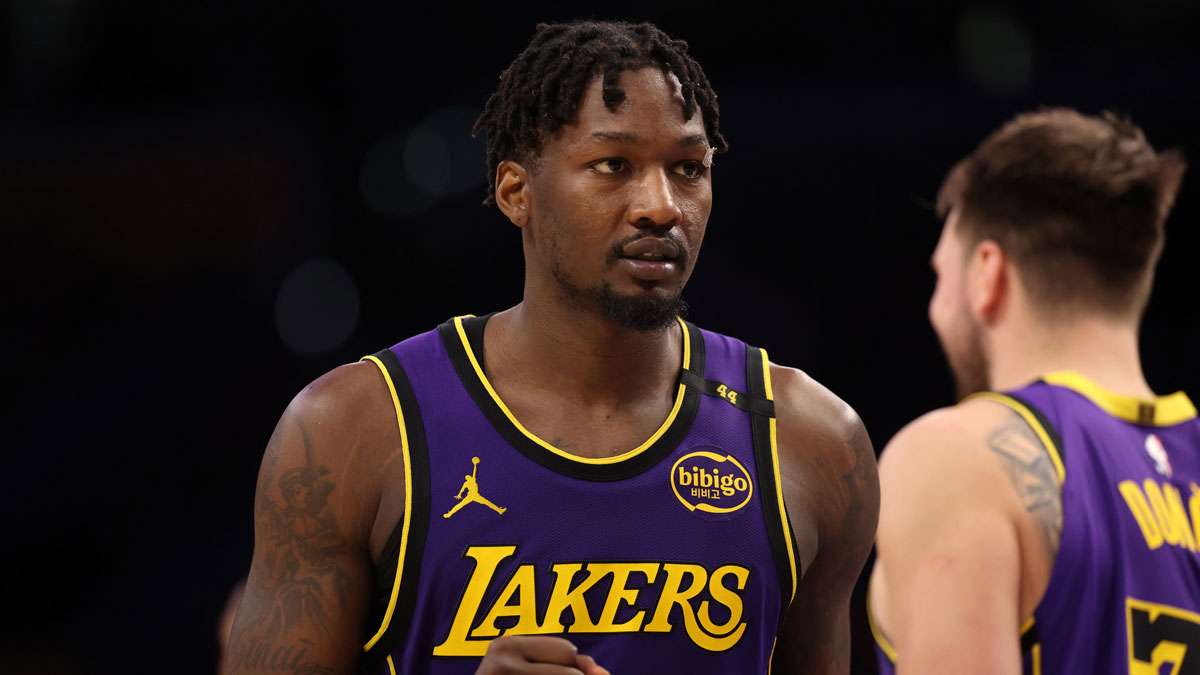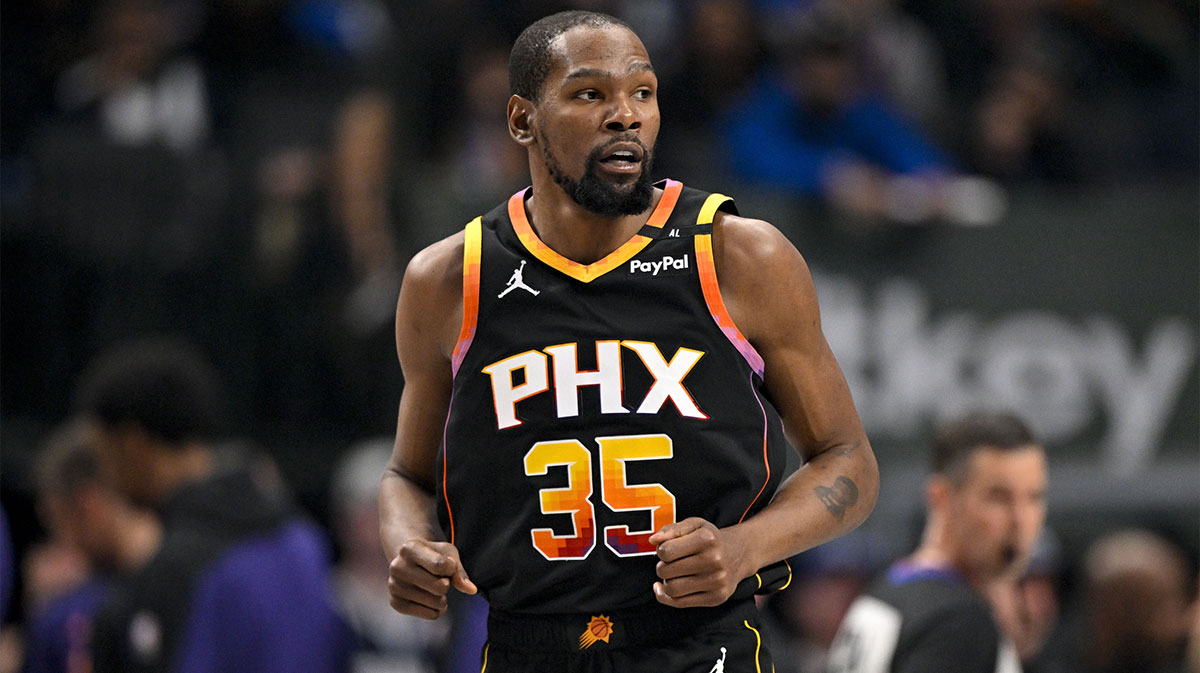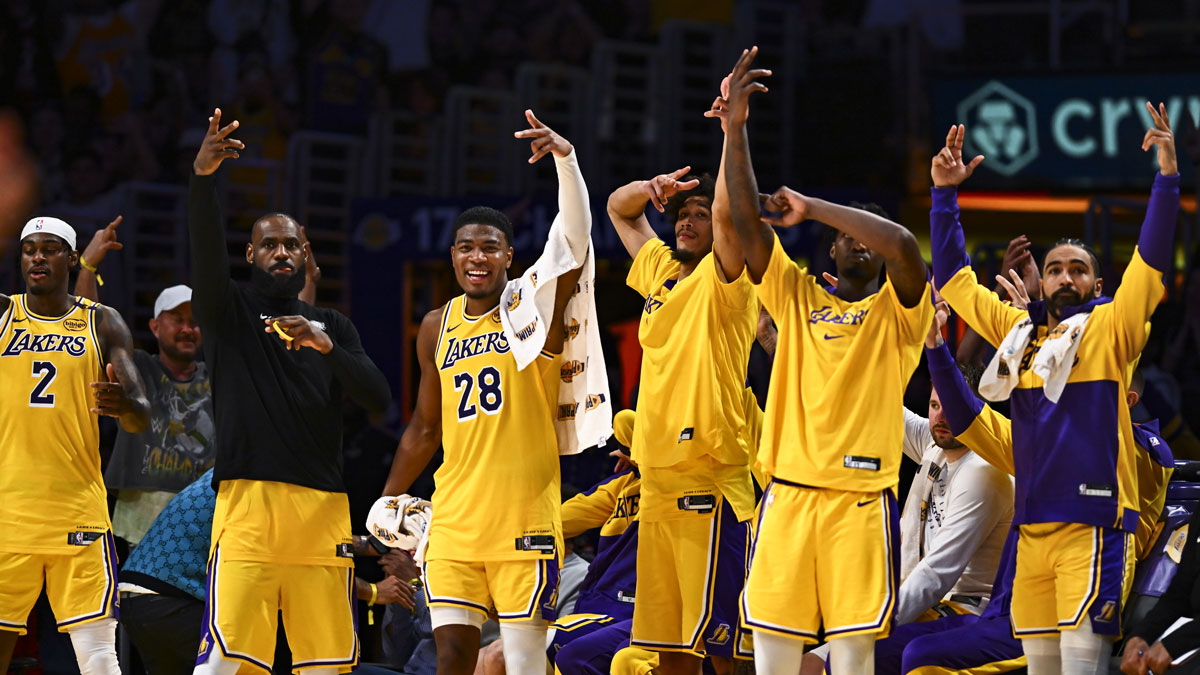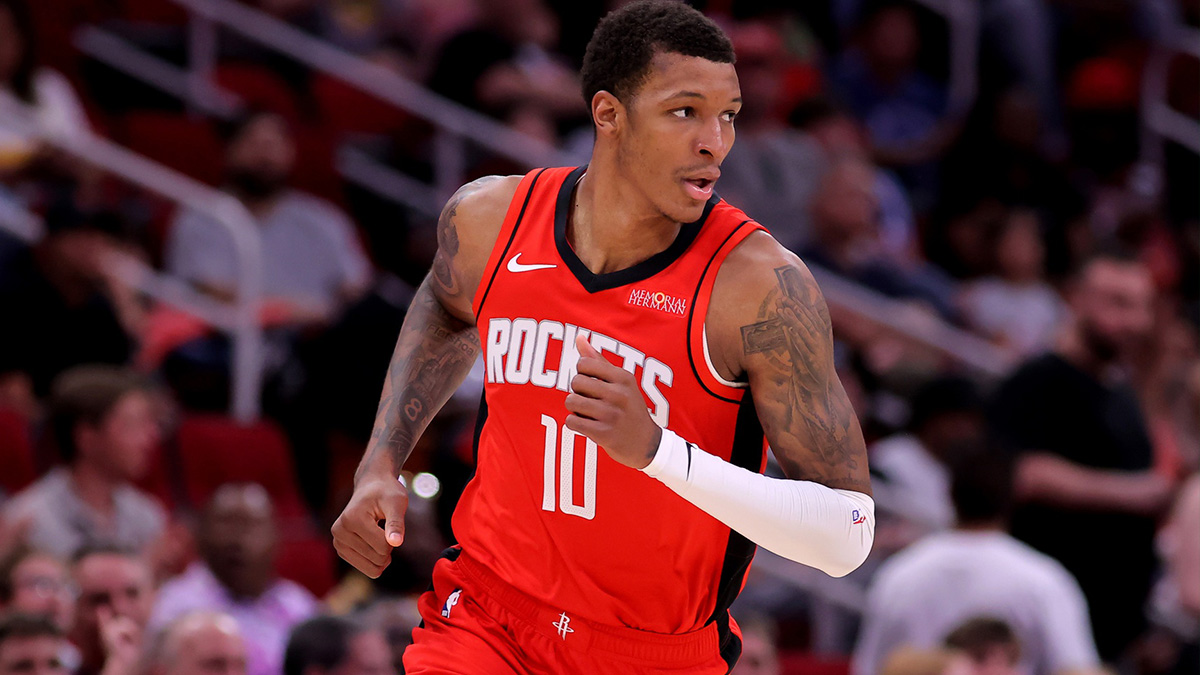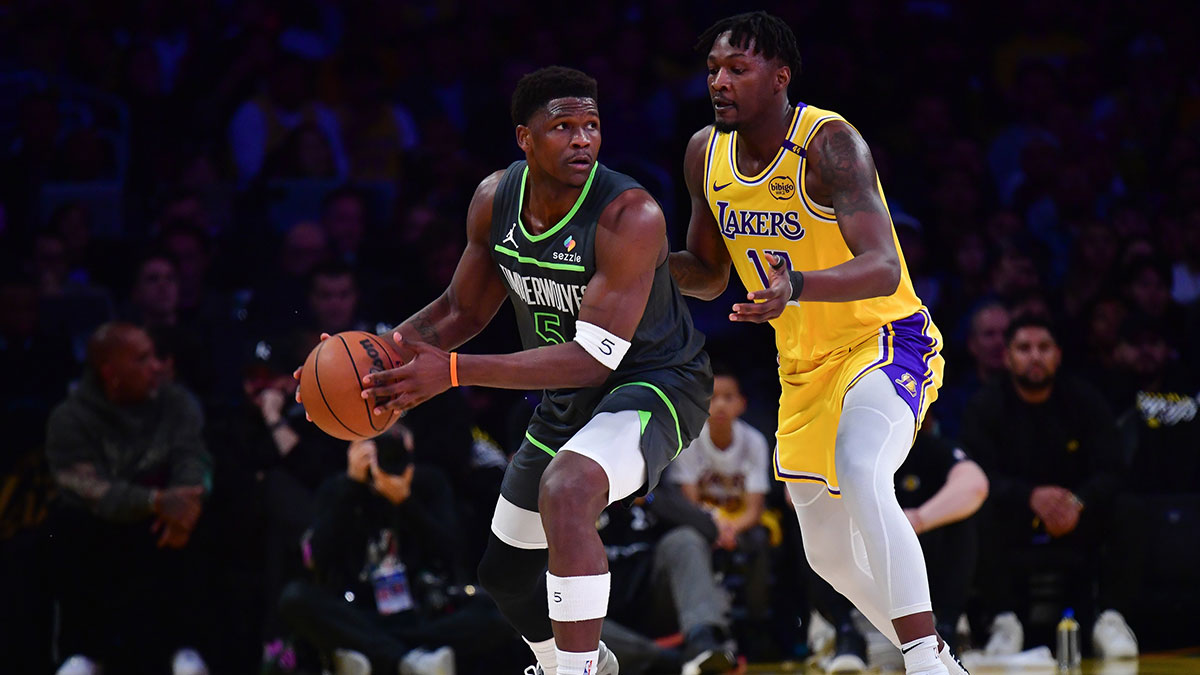For a moment, the Golden State Warriors’ dynasty hung in the balance. Throughout the 2018 Western Conference Finals, the Houston Rockets made the NBA’s titan look more vulnerable than ever, taking them to seven games.
The culprit for Golden State’s disarray? The Rockets’ defense.
Somehow, the greatest colSlection of shooters in the history of the game became starved for spacing while Kevin Durant, one of the most natural scorers to ever play, looked wholly unnatural to the point people questioned if he was disrupting the ultimate super team. And it was all based on the concept of switching.
Though the Warriors still burned the Rockets’ defense enough, Houston was still able to veer Golden State’s machine off course to the brink of combustion. And in a constantly evolving league, switching defenses appear to be the antibodies to combat the rise of the Warriors and pass-happy, spread offenses.
And while the concept of switching assignments and containing one-on-one seems simple in theory, it requires a lot of individual efforts and complex communication to succeed.
5. Contact Before The Screen

Even in a switch-heavy scheme like Houston’s, defenses can’t concede an exchange every time a would-be switch arises.
LeBron James and the Cleveland Cavaliers feasted on the Toronto Raptors by manipulating match-ups for James or Kevin Love. The Utah Jazz mercilessly sought out Carmelo Anthony when he refused to consistently fight through screens.
Offenses like the Warriors don’t inherently fret when they see defenses switching. Often, they lick their chops and tune-up their split cuts and slipping screens.
Up the physicality and maintain patience, however, and there’s hope for defenses. There are loopholes to NBA defense and off-ball physicality in the form of incessant, semi-legal holding and body checks is the most profitable gray area for defenses to exploit.
Well-executed pre-screen contact can dissolve a screen’s purpose entirely. When a defender blankets his assignment so thoroughly they practically merge into a single entity, it evaporates potential screening angles.
The Boston Celtics are another well-versed switching defense and Jaylen Brown is a burgeoning expert in these tactics.
Here, Brown performs the ploy to perfection against LeBron James. As J.R. Smith ambles over to set a screen for a James post-up, Brown literally bearhugs James and wards off the entry pass.
That should be a foul on Brown but teams who set an early precedent in the playoffs with this kind of physicality often get the benefit of the doubt. To stop goliaths like James or the Warriors, defenses have to bend the rules.
When a defense maintains contact through every phase of the screening action, the screens gum up an offense instead of loosening the defense. Prolonged contact is tricky, though. Defenders generally have to sit on the low side of a pre-screen and then have the switching defender latch onto that same player on the high side post-screen. All the while, both defenders involved must recognize the swap only happens once the offense actually initiates screening contact.
This is damn textbook by the Rockets. They switch four times this possession with every one applying the aforementioned protocol. Trevor Ariza along toggles between Kevon Looney to Durant to Stephen Curry to Klay Thompson, with three of those swaps coming in a two-second span!
As this possession splinters for the Warriors with one dead-on switch after another, the treasures of switching unveil themselves. Houston doesn’t come close to pardoning Golden State an advantage, sure, but it also jacks up the timing and rhythm of the Warriors’ flowing offense by denying passing lanes. Every time a Warriors player comes off a pick, there’s a Rockets defender there to absorb him and naturally deny a pass that would otherwise be the next step in a sequence of ball movement. It pushes every catch farther out and makes every pass a longer distance.
The Warriors’ brilliant machine turns into a fractured mess.
4. Switching Into The Ball Handler

Though switching is a strategy predicated on reactionary movements, when performed properly, it can drown offenses with proactive force.
Switching out and into the ball handler to take away his breathing room is assertive and authoritative, allowing the defense to dictate the terms of engagement.
When defenders meet ball handlers using screens right as they come off, the options get squeezed and the discomfort swells. Ball handlers who yearn for the space or passivity from the switched defender are forced into playing fast. Decision-making has to be quick, attack moves hasty.
The risk for the defense in playing things so close to the chest is the susceptibility to blow-bys before teammates can coordinate help but that demands ball handlers operate rapid fire in congested, unorganized areas to capitalize. If the ball handler hesitates, he’s forfeited the advantage.
When a defender switches out, he’s ideally going to be intruding upon the handler’s space at a bit of an angle to force him back to the direction he just came from, where the screener and his defender are still loitering about either on a roll or a pop. The pathway is too cluttered and the ball handler’s own teammate is essentially a temporary road block.
Did you see that? James Harden switches onto Durant and gets into his body, knocking KD off balance. Durant has an advantage to drive to his left immediately post-switch but Draymond Green and Ariza are forming an unintentional wall right in Durant’s path to the hoop. Harden and the Rockets dictated the terms of engagement on the possession.
Versus the aggressive switch-into-the-ball-handler coverage, what looks like a mismatch post-switch can unravel when post-screen spacing gets jumbled and the court gets stuffy.
Getting in the face of ball handlers is multi-pronged in its effectiveness. It creates a muddied shot creation environment and can also short circuit an offense just long enough for the defense to prepare for the next logical step. Whether it’s loading help to a mismatch or scramming out of one completely on the back end, the split second the offensive player takes to absorb the pressure can be a tremendous boon for the defense.
https://streamable.com/9qwum
3. Scram Switch

In the Eastern Conference Finals, the Cavaliers hunted Terry Rozier mercilessly within Boston’s switching defense as a staple attack of their vanilla offense.
Boston did what it could to resist by utilizing the switch-into-the-ball-handler tactic to hinder Cleveland on-ball while toggling out of the mismatch off of it.
https://streamable.com/lrl9j
Jaylen Brown switches onto George Hill with limbs flailing as James bashes Rozier into an elbow-extended post up. But all that activity from Brown gives Boston enough time to scurry Rozier out of purgatory with Al Horford subbing in as relief. Rozier darts to the weak side as the Celtics enter scramble mode.
It’s important to note while Rozier spares himself the brunt of James’ domineering frame when executed properly, he must still be willing to scrap against LeBron briefly to pardon himself from the proceedings. Rozier — and other guards in these situations — often front the post to coax a lobbed entry pass, which gives himself and his teammates time to execute and exchange.
All five defenders have to work as a unit to pull off such clever chicanery. The defender switching onto the ball handler has to impede the passing lane, Rozier and his switching reliever have to ensure proper communication and timing don’t leave the post-up uncovered, and the defenders on the weak side have to zone up versus the other three Cavs’ players while directing Rozier where to go after he bails.
Generally, the player in Rozier’s spot zooms to the opposite corner as his teammates zone up because of the time it takes for the ball to get all the way around the horn. As a straight-line skip, it’s the longest and most difficult single pass on the board and, through multiple passes, it’s the last dot in a swing-swing sequence.
2. Loading Help Off Non-Shooters

Taking an extra step away from a sketchy perimeter shooter is the oldest trick in the book for defenses, especially in the playoffs when teams have time to plan for specific match-ups.
Offenses put in the work to shake free a mismatch and everything goes according to plan until a non-shooter milling around without a purpose blows it all to pieces. The defense waits for the attacking player to unfurl a scoring move and blitzes him with help off the non-threat.
https://streamable.com/r6ics
Durant calls mouse-in-the-house with Chris Paul switched onto him. He catches and goes to work, getting to the middle of the floor. At the last second, however, Harden peels off Shaun Livingston for the contest and block.
Usually the help off non-shooters is less evident. The actual shot isn’t affected but the shot selection is. Bodies slough into the lane and nudge closer to the ball in gap help. Driving lanes get pinched and players have to settle for less efficient mid-rangers.
https://streamable.com/z1tww
In each of these cases, Durant gets a mismatch after a switch, twice against Kevin Love, once each against Gerald Green and Eric Gordon. The Cavs and Rockets shrink the floor off non-shooters to make ends meet. Durant hits two pull-up mid-rangers in the four clips but those are preferable shots to drives to the rim for layups, fouls, or kick-out passes.
This is the defensive math game teams have to adopt in the postseason against players like Durant. In a scheme where mismatches are bound to manifest at some point, loading help in this manner helps defenses survive and even thrive.
1. Opportunistic Switches

This could easily be tagged as the miscellaneous category when it comes to executing switching. In other words, there’s not a whole lot of rhyme or reason regarding when or how the switch occurs. Generally, the switch manifests in a read-and-react scenario between two defenders operating on the same wavelength in terms of awareness and communication.
https://streamable.com/zljpr
Think Draymond Green as the archetype. Green is a capable switch defender but it’s how opportunistic he is with switches that makes him a damn savant in the department.
Against the Rockets, he constantly rejiggered match-ups on the weak side so he’d be the defender guarding the spot-up man in the corner, allowing him to be the low man and main help defender at the rim in case of needed rotations.
Sometimes that’s all these miscellaneous switches are: a recalibrating of preferred match-ups when the dust settles for just a moment. Other times, it’s a pre-switch to flummox an incoming pick-and-roll by swapping out a disadvantaged defender for a more capable one as the Warriors do here, first with Thompson and Curry to avoid a James-Curry mismatch, and then with Green and David West.
https://streamable.com/mpr4n
These switches are far more proactive but require increased recognition and communication.
The most common of these ad-lib switches occurs in pick-and-rolls (or other actions, such as curled pin downs) when teams switch late or veer back as a last gasp effort to patch up leaks. As a defense tries to defend the pick-and-roll with minimal help, the screener’s defender ideally manages the space between the ball handler and the screener post-pick until the on-ball defender is able to recover to get back to contest.
https://streamable.com/xu58b
If that pursuit gets delayed or the gap between the on-ball defender and the ball handler becomes a chasm too expansive to tread, teams are left to improvise as the ball handler rumbles downhill. Often the solution comes in the form of a late switch, where the screener’s defender commits to the ball and the on-ball defender barrels into the legs of a rolling big or closes out on a pop.
https://streamable.com/1bh2d
In the last of those clips, the risk of having to late switch comes to fruition via a mismatch in the post, bringing aforementioned layers like scramming and helping off non-shooters into the equation. The fundamentals of switching are constantly merging with one another.
https://streamable.com/qrkxh
Above are a few examples of other, less organized by-the-seat-of-one’s-pants type switches. They’re not traditional nor performed based upon core strategic means. It’s almost as if the defense stumbles into a Band-Aid. But, even in these unrefined moments, there’s rooted recognition and communication principles on display.
Against the Warriors and other elite offenses, even the best execution of a defensive game plan will be broken and require on-the-fly improvisation. Think Love defending Curry at the end of Game 7 in the 2016 NBA Finals.
Proclaim these cases as luck if you desire — like most things in life, there are probably a few doses involved — but such switches aren’t clean and effective by accident. Stay alert, play with physicality and force, talk continuously, and spend an entire season drilling specific situations and techniques in the art of switching and it’s possible to discover the Kryptonite of a super team.

